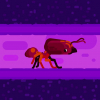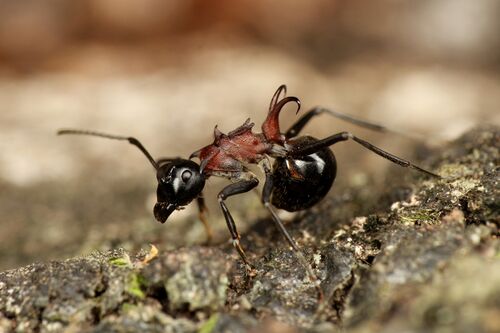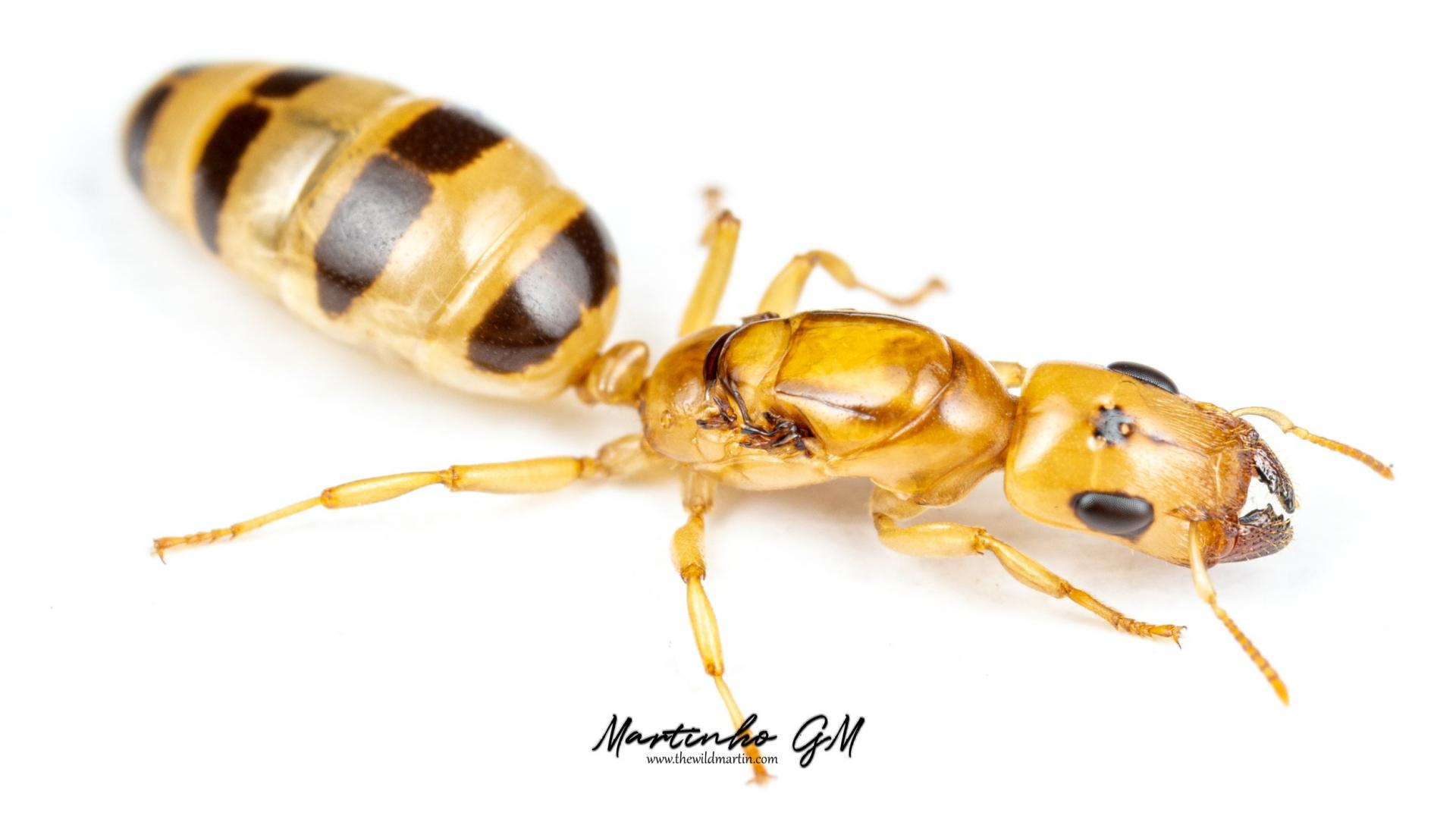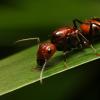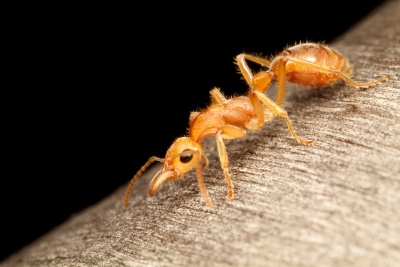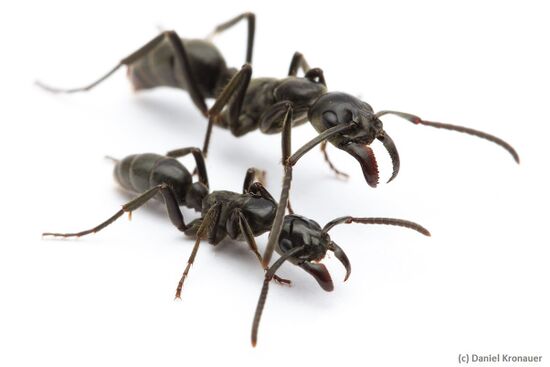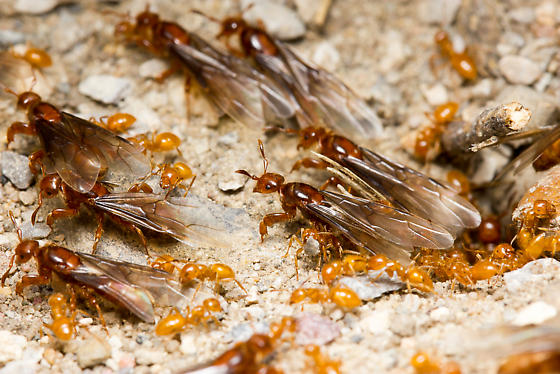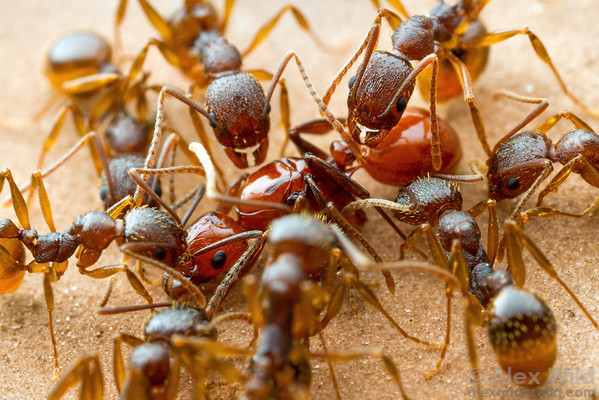Hello everyone! In this thread, I'm going to be posting different species of ants every weekdays. I'll write a short paragraph or two containing info about the ant of the day. And how to keep them as pets if I can find that information easily. I'll write stuff like: where they live, fun facts, and nuptial flight months.
Feel free to suggest an ant species!
Ant of the day: Polyrhachis lamellidens
(Credit: AntWiki)
Polyrhachis lamellidens are found in China, Korea, and Japan and are is a parasitic species that uses Camponotus japonicus as their hosts. The queens of this species hitchhike onto a C. japonicus workers to invade their nest (often, mutiple queens invades one nest). Then, the intruding queen kills the existing one and copies her pheromes, tricking the colony.
The most notable features is the spines on their thorax. The purpose of this spines are thought to be protection against tree frogs. They are bad hunters, typcially choosing to scavenge rather than hunting. They have a late nuptial flight season, tending to fly from September-November. This is because they infiltrate their host's nest when they're about to enter hibernation.
Edited by IdioticMouse26, November 6 2024 - 3:38 AM.

